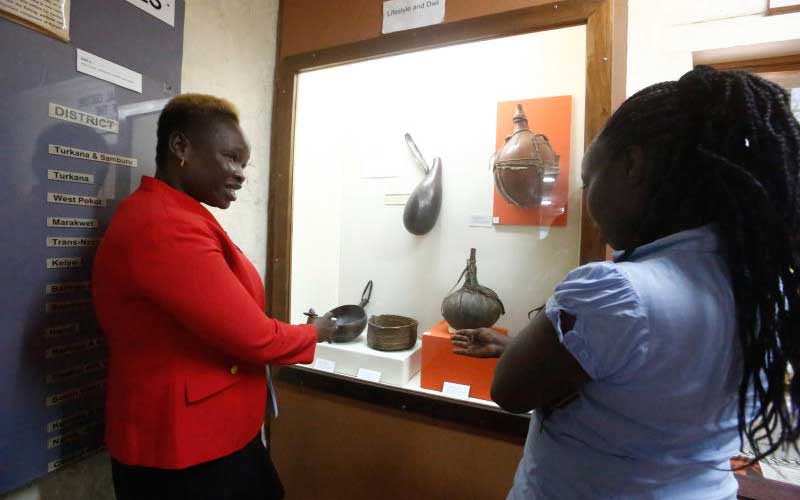×
The Standard e-Paper
Home To Bold Columnists

They are regarded as most endowed sites and even inspire learners to pursue geography and history-related courses.
The famous geological and archaeological sites - Hyrax Hills National Museum, Kariandusi Pre-historic sites and Menengai Crater in Nakuru County put Kenya in the world map.